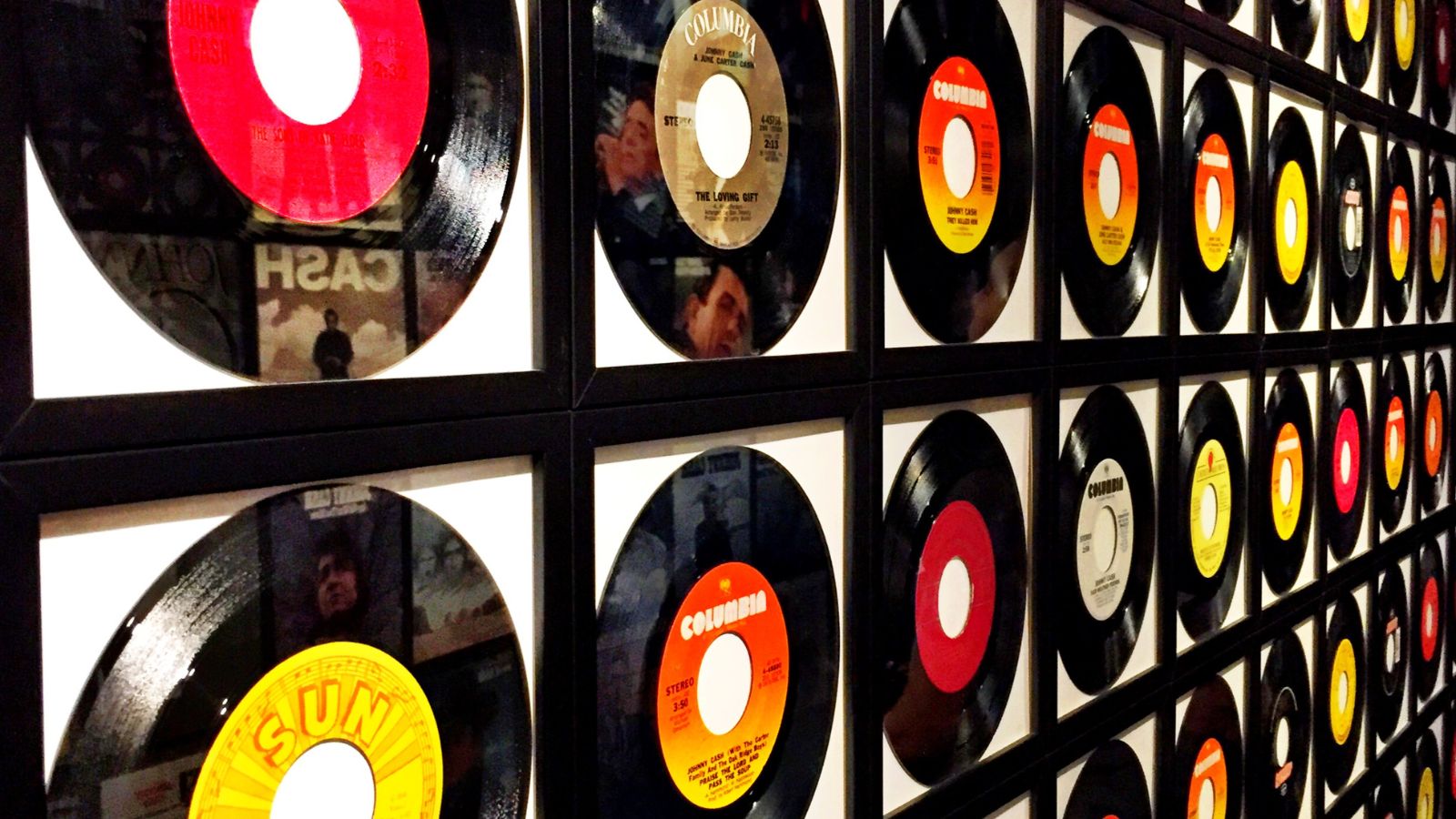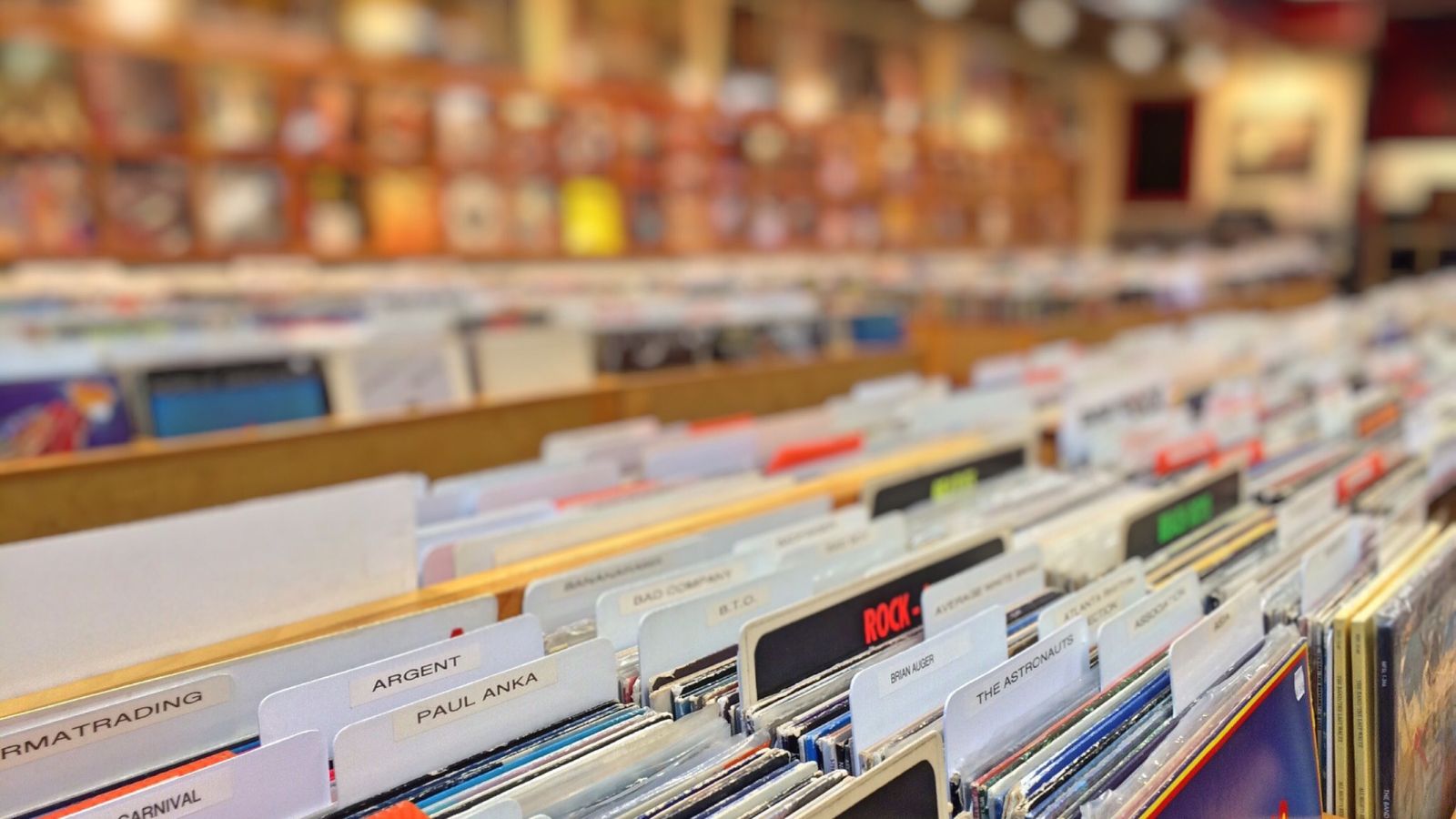In the digital age, one might think that vinyl records would be collecting dust in forgotten corners. But there’s a resurgence in the vinyl market, and it’s not just the vintage enthusiasts who are fueling it. So who exactly is buying these vinyl records?
From seasoned collectors to young music enthusiasts, the demographics of vinyl record buyers are diverse. They’re seeking a tangible connection to their favourite tunes, a nostalgic trip down memory lane, or perhaps the unique audio quality that vinyl offers.
 Who Buys Vinyl Records
Who Buys Vinyl Records
Fascination with vinyl records transcends age and geography, appealing to a uniquely diverse demographic. Let’s delve deeper into this realm and explore the age and geographic distribution of these enthusiasts.
Age Distribution
Diversity in ages of vinyl record consumers defies common stereotypes. For example, data from Statista highlights that as much as 22% of vinyl record buyers in the U.S are aged between 20 to 24. The 25 to 34 year-old age group closely follows this, representing approximately 21% of record buyers. Surprisingly, older generations too, continue their allegiance to this audio format with around 14% of buyers being aged 45 to 54. Contrary to popular belief, vinyl isn’t exclusively for older music fans. It garners a significant foothold across generations.
Vinyl’s charm isn’t constrained by borders. According to the International Federation of the Phonographic Industry (IFPI), the US, Canada, UK, Germany, and Japan are among the top consumers of vinyl records. Participation varies, with the US leading at 26%, followed by Japan at 20% and Germany at 19%. The love for vinyl records is globally cultivated, resonating with music enthusiasts in both dense urban landscapes and quaint rural settings. This is a testament to its universal appeal and endurance in the face of a digital surge.
 Motivations for Buying Vinyl Records
Motivations for Buying Vinyl Records
Vinyl record buyers have varied motivations that fuel their purchasing decisions. From sound quality to nostalgia, collectibility, and physical ownership, each characteristic offers unique appeal.
Sound Quality and Nostalgia
An integral driving factor behind vinyl record purchases relates to the superior sound quality they offer. Vinyl enthusiasts often appreciate the warm, deep, and nuanced audio that records provide. For example, rock records commonly produce a gritty richness that can’t easily be replicated in digital formats.
Alongside sound quality, a sense of nostalgia often contributes to vinyl purchases. Records link listeners to a bygone era, rekindling memories of flipping through album stacks and placing a needle on a record. This vintage connection, reminiscent of past decades like the 60s and 70s, adds sentimental value to the vinyl format.
Another enticing characteristic of vinyl records is their collectible nature. Each record offers a tangible item for buyers to attain and showcase. Audiophiles often enjoy adding to their personal collections, searching for rare pressings and limited-edition releases. They find thrill in discovering unique finds, be it in record stores or online platforms.
 Comparing Vinyl Buyers with Other Music Format Consumers
Comparing Vinyl Buyers with Other Music Format Consumers
As the article transitions into a comparative analysis, it becomes vital to assess vinyl record buyers against consumers of other music formats, namely digital music users and CD collectors.
Vinyl vs. Digital Music Users
In terms of volume, digital music consumers edge out vinyl buyers. However, the gap narrows considerably when discussing passionate music lovers who prefer a more authentic, tactile experience. Vinyl enthusiasts anchor their preference in the quote, “Music has a tangible meaning to it”. In contrast, digital music users typically prioritise convenience and accessibility. Statistics refer to the fact that, as of 2020, 62% of US adults stream music daily, showcasing their mindset towards musical consumption. Despite this, vinyl’s resurgence exemplifies a counter-culture, pushing against the digitization of everything, including music.
Comparing vinyl consumers to CD collectors sheds light on the variances in their choices and preferences. CD collectors, similar to digital music users, often index towards practicality and price. CDs, once the king of physical music formats, accommodate portability and versatility needs that vinyl can’t meet.